A Harpenden Grocer's Shop - Part 2
What the shop was selling and the shopping experience
For part 1 see A Harpenden Grocer’s Shop William James and his time at T Simons & Sons, Harpenden
Grocery Shopping 90 Years Ago
A closer look of the shop front with its large sections of curved glass on each side of the entrance gives an indication of the wide range of goods on sale and despite the neatly stacked fruit tins, the overall appearance seems cluttered compared with the carefully designed and often minimalist window displays of today. Using selective higher resolution scans it was possible to extract some detail. Images of the products are numbered and below the text.
Items in the window display
Starting on the upper left
- we have Bovril, a brand that is still well-known today. (10)
- ‘Nutter'(11), on the other hand, required a little research. It was a nut-based butter substitute manufactured by Mapleton’s Nut Food Co. of Liverpool (1920-1927). The advertising flyer came from a food blog (12)
- There was butter and ‘Dairy butter’ on sale too, but the brand name is obscured.
- A handwritten sign clearly refers to eggs (local) (13). Perhaps 1/3 (6p) was the price for a dozen. For comparison, in 1942, the earliest date for which the Office of National Statistics (ONS) provides online data, the average price per dozen eggs of size 4 (55-60g) was 9p (1s 9½d)
- Cartons of ‘Rath’s Cedar Valley Pure Lard’ (14) were part of the display The Rath Packing Company, a meat processing company, was based in Waterloo, Iowa, USA It was founded in 1891 and closed in 1985. Link: https://en.wikipedia.org/wiki/Rath_Packing_Company
- Sausages: There is no manufacturer’s label, but they were likely to have been tinned sausages as this is a grocer’s not a butcher’s shop. It is interesting that the price for beef (7d) comes before pork. (15)
- ‘Darjillo’ defeated Google. Presumably a brand of Darjeeling tea,. It is not listed among the many tea brands now owned by Unilever. (16)
- Biscuits: There is an example of Macfarlane Lang product package, ‘Large Water Biscuits’, just discernable in the background (17). An Internet search produced a package example that matches the photograph. (18)
- Another familiar brand: Shredded Wheat. The vintage packaging shown in the modern photograph (19) is the closest match I could find to the older image (20). The box features a picture of the factory in Welwyn Garden City. For more information and other examples of early marketing materials see https://www.ourwelwyngardencity.org.uk/content/topics/topics-cms/family-life/shredded-wheat-2
- Wincarnis Tonic Wine is still sold today. The advertising slogan, ‘The Wine of Life’ is just legible below the brand name. (21)
- Nearby is another wine offer (22): Harvest Burgundy at 4s 6d (23p)
- A sign advertises ‘Invalid Specialities’.(23) We can only speculate about what was on offer. Beef tea, in the form of Bovril, is advertised elsewhere. Lucozade, originally marketed as a drink for convalescents, dates from 1927, but was only sold in its distinctive yellow cellophane wrapper in 1938 after being bought by Beecham. Egg nog, milk, toast and onion gruel were popular DIY options for the sickroom and, from Wincarnis, there was Old English Wine Jelly.
Tinned fruit
Much of the window floor space is covered by stacks of tinned fruit, including Victoria Plums and Australian apricots and peaches(24/25) .
Were these real or display props? If real, it would have been difficult to comply with the instruction on modern tinned foods to ‘store in a cool place’. Shop window conditions in direct sunlight would have been like a greenhouse, and there is no sign in the photograph of any protective awning to shade the glass.
The Retail Experience
What would it have been like to shop here?
A significant proportion of the shop’s customers rarely set foot inside. An important part of the business was the home delivery service by horse-drawn cart or van. As a boy in the early 1930s, my father sometimes used to help with deliveries during his school holidays. The horse quickly learned the delivery round and would proceed and stop with little or no direction from the driver. The grocer’s horse and cart could be described in modern tech-speak as a low-carbon (semi) autonomous delivery vehicle – but perhaps a little too slow to satisfy Amazon’s self-drive ambitions of today. [https://www.cnbc.com/2020/06/26/amazon-buys-self-driving-technology-company-zoox.html].
As for personal shoppers, Harpenden residents who remember the Consumer Tea shop in the lower High Street will have some idea of what it would have been like.
Shopping was unhurried. There was much conversation between customers and shop assistants and between the customers themselves. One of my earliest memories, from the age of three or thereabouts, was to be offered a biscuit from the ‘broken biscuit tin’ which was always kept on the counter. I can remember watching, fascinated, as brown paper bags of loose merchandise were expertly sealed with a spin and a twist before being carefully deposited in my mother’s shopping bag.
This type of shopping experience was by no means universally appreciated. Another relative, born in 1897 and brought up in a large city, disliked the village chatter and always insisted on packing her bag herself. Like many others, she became an early adopter of the new self-service stores such as Budgen and Macfisheries
Thumbnails: to view the complete thumbnail click on it or the magnifying glass

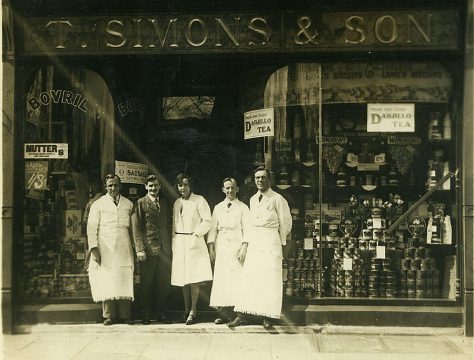

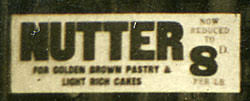
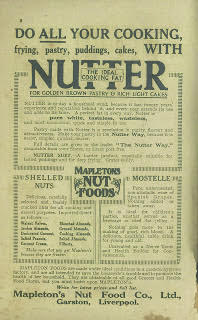
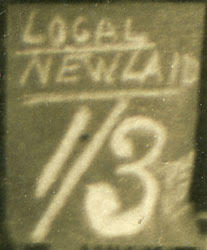

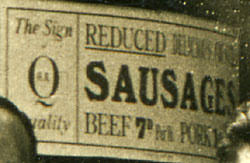
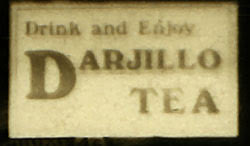
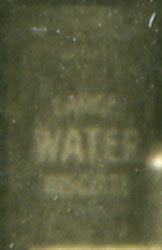
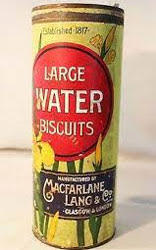
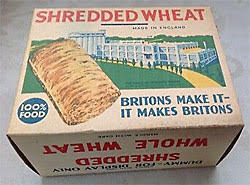

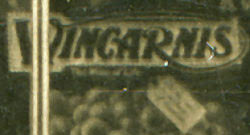


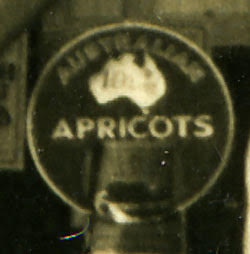
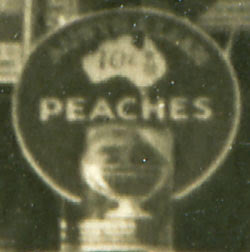
No Comments
Add a comment about this page